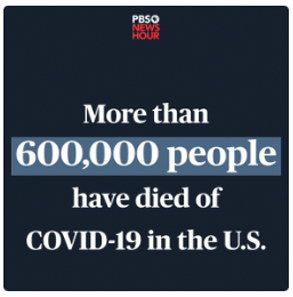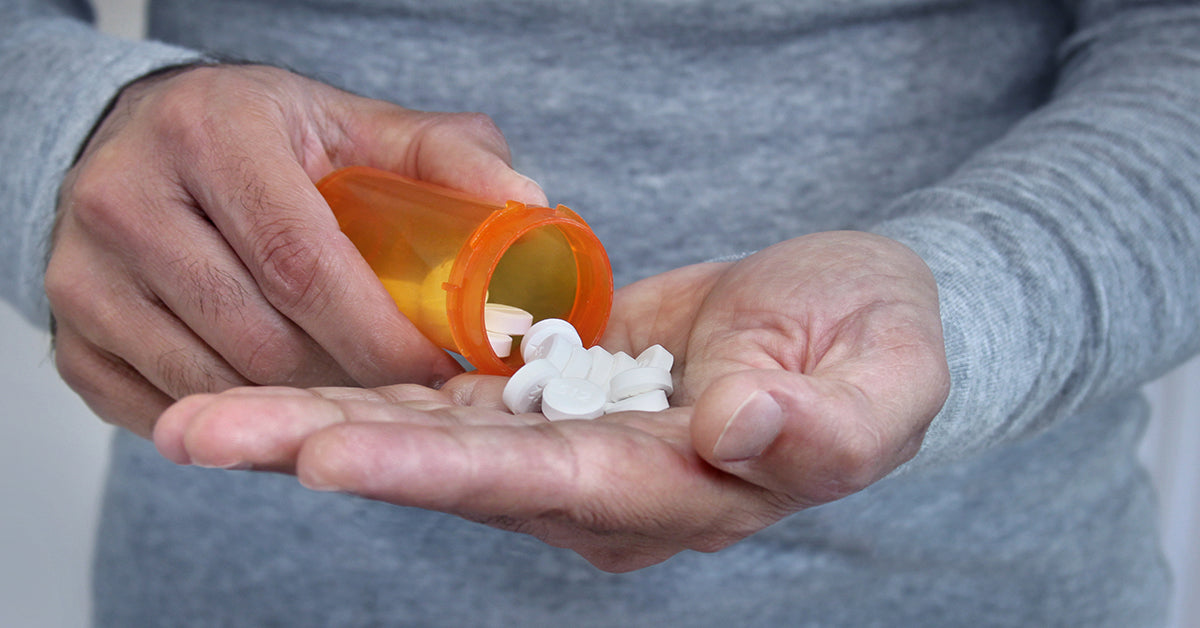Analysis Tallies Premium Impact of Provider Markups on Specialty Drugs
-
May 02, 2024
If providers charged the same price as specialty pharmacies for specialty medications, $13.1 billion in spending on health insurance premiums and premium equivalents could have been avoided in 2024, according to a new analysis from the consulting firm Oliver Wyman, commissioned by AHIP.
Provider-administered drugs can be delivered directly to clinicians from specialty pharmacies — known as white bagging — or providers can purchase the drugs directly and store the drugs until they are needed for patient care, which is called “buy and bill.” When the “buy and bill” method is utilized, the providers can charge a markup for the drug that is passed through to the patient’s bill.
Based on the medical and pharmacy claims data from the MarketScan commercial data set, which covered 19 million lives, the analysis found that among the top 10 specialty drugs by total claim dollars, the average cost of the drugs that were acquired by the buy-and-bill method was 50% to 103% higher if they were supplied by a hospital facility, and 2% to 33% higher if they were supplied by a professional office, compared to the cost when supplied by a specialty pharmacy.
The average provider markup on specialty drugs was 42%, and the total cost of all markups represented about 0.7% of total health expenditures. In 2024, enrollees and employers pay on average $61 more for single coverage and $175 more for family coverage in premiums due to the markups charged by providers to supply specialty drugs that could have been supplied by a specialty pharmacy.
The premium amounts that enrollees and employers could have saved in the absence of provider markups varied across states. For individual health plan members, the average premium increase per contract per year ranged from $34 in Utah to $94 in West Virginia. For large group family plan members, the average increase ranged from $152 in Oklahoma to $207 in Alaska.
Data from MMIT Analytics shows that under the medical benefit, the 10 specialty drugs studied in the analysis are available for most enrollees under commercial formularies and health exchange formularies, as of April 2024 (MMIT is the parent company of AIS Health.) Meanwhile, under the pharmacy benefit, only half of enrollees under commercial formularies have plans that put Ocrevus (ocrelizumab), Keytruda (pembrolizumab), Opdivo (nivolumab) and Tysabri (natalizumab) under the preferred/preferred (prior authorization and/or step therapy) tier and covered/covered (PA/ST) tiers.
This infographic was reprinted from AIS Health’s biweekly publication Radar on Drug Benefits.
© 2025 MMIT









